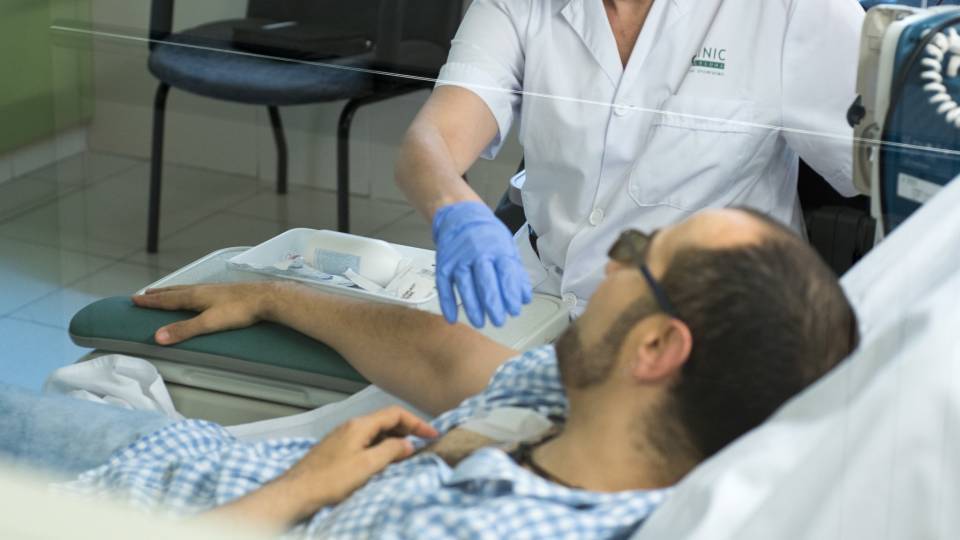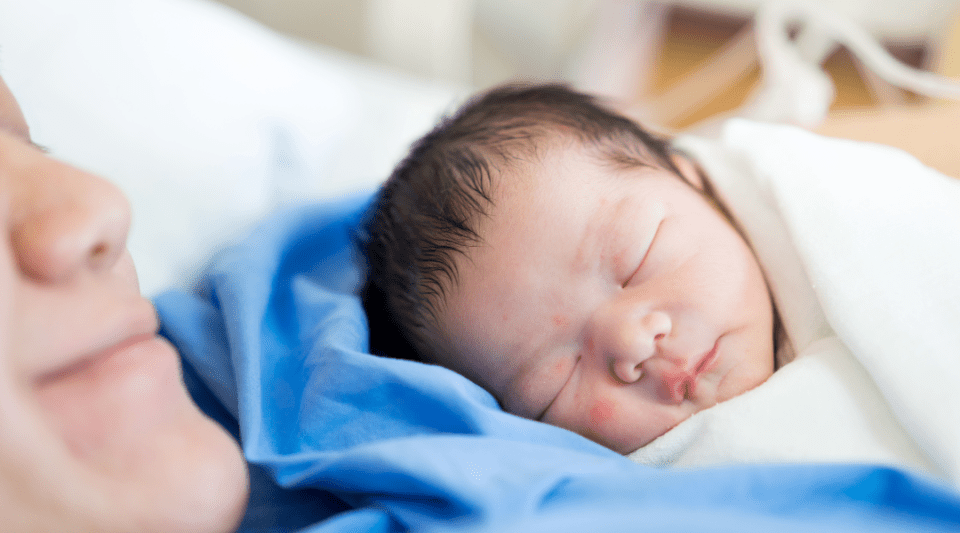The prevalence of cancer in patients affected by COVID-19 is estimated to be around 2% (including both haematological cancer and other types). Since the worldwide spread of SARS-CoV-2 was declared, there have been various studies that have tried to determine what implications COVID-19 may have for haematological patients compared to the general population. Amongst patients with cancer who have caught COVID, the majority have a disease of lymphoid origin. In other words, a disease that originates in the lymphocytes or the plasma cells, which are in charge of antibody production. Within this group, patients with multiple myeloma are predominant.
The reasons behind this correlation are not yet known, but the same is believed to happen with other respiratory infections. In patients with chronic lymphatic leukaemia or multiple myeloma, a higher incidence of respiratory infections has been observed, probably caused by the reduction of normal antibodies (hypogammaglobulinemia) that is associated with these diseases, which is more marked than in other non-lymphoid haematological diseases.
It has also been postulated that the higher incidence of COVID in patients with multiple myeloma may be related to the immunosuppression treatment that they receive, especially related to taking corticosteroids in the long term, although this data has still not been confirmed.
COVID-19 presents clinically and analytically in a similar way in patients with and without a history of haematological disease, with the most common symptoms being fever, cough and dyspnoea (difficulty breathing). It is usually associated with a reduction in the haematological cell count (reduced production of blood cells such as red and white blood cells), as well as the characteristic reduction in the number of lymphocytes observed in the infection by SARS‑CoV‑2. Radiologically, it presents with opacities in the thorax, which often affect both lungs.
One of the most consistent pieces of data in the studies published up till now is that haematological patients have an increased risk of presenting serious variants of the SARS-CoV-2 infection. Serious events are considered to be admission to an intensive care unit, the need for mechanical ventilation or death. That is why, until an effective treatment is available, prevention is fundamental in these patients.
There are currently no therapies approved for the treatment of COVID-19 in Europe and so far there is no vaccination that helps to prevent contagion. The World Health Organisation’s recommendations to prevent exposure to the virus include hygiene measures, staying away from infected persons and complying with social distancing rules. In the field of haematology, some recommendations have been published, which include reducing the intensity or frequency of chemotherapy cycles in haematological patients during the epidemic peak, provided that the base disease allows it. Thus, it will reduce both the risk of SARS-CoV-2 infection as well as the likelihood of admission due to complications related to chemotherapy itself.
With all the data available so far, it seems evident that patients with malignant haematological diseases are especially vulnerable to COVID-19. That is why social distancing rules and minimising hospital visits by using telematic consultations may be crucial tools at moments when transmission of the virus is high.
Authors: Dr Aina Oliver and Dr Carlos Fernández de Larrea, Institute Clínic of Haematological and Oncological Diseases




